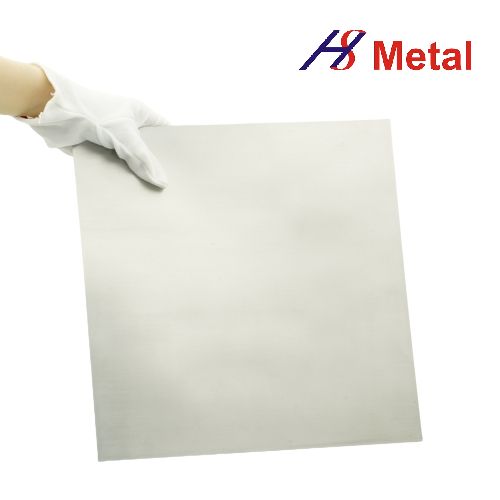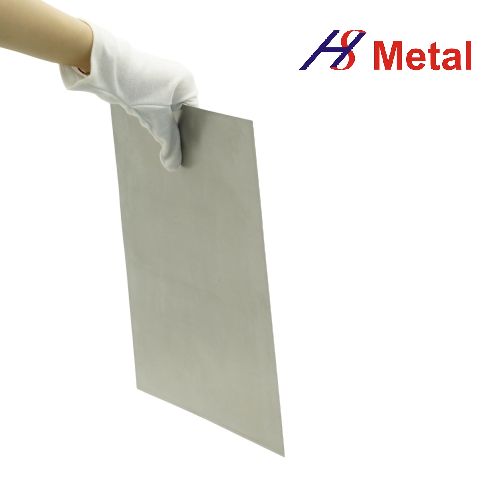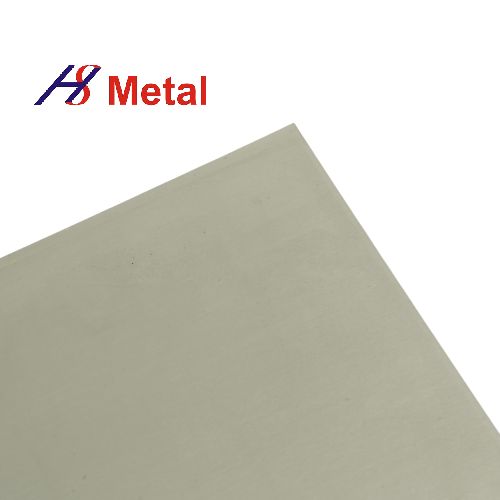Email:
sales@hypersolidmetal.comWhatsapp:
8613592098266
Email:
sales@hypersolidmetal.comWhatsapp:
8613592098266





| chemical composition of Nb521(wt.%) | |||||
| W | Mo | Zr | C | N | O |
| 5.14 | 1.87 | 1.33 | 0.0095 | 0.006 | 0.01 |
| Cu | Ti | Fe | Si | Ta | Nb |
| 0.01 | 0.016 | 0.001 | 0.0028 | 0.59 | balance |
Advantages:
Niobium-tungsten alloy Nb521 material has excellent room temperature and high temperature mechanical properties and high melting point, low density, high temperature and high strength and good processability.
Compared with C103 alloy, niobium-tungsten alloy has similar density (8.6-9.0g·cm-3) and better high-temperature strength. However, due to the addition of a large amount of strengthening elements such as W and Mo, the room temperature strength of the ingot is high and the plasticity is poor. High-temperature extrusion is often used during ingot processing to refine the ingot grains. The plasticity of the alloy ingot after extrusion is greatly improved, and rods, plates, forgings, and spun parts of the required specifications can be obtained through forging, rolling, spinning and other processing methods.
| Physical Property | Description |
|---|---|
| Chemical Composition | Niobium (Nb), Titanium (Ti), Iron (Fe) |
| Density | Approximately 8.4 g/cm³ |
| Melting Point | Approximately 1380°C (2516°F) |
| Coefficient of Expansion | 7.3 × 10^-6/°C |
| Thermal Conductivity | 10.8 W/(m·K) |
| Electrical Conductivity | Approximately 1.2 × 10^6 S/m |
| Young's Modulus | Approximately 200 GPa |
| Tensile Strength | Approximately 1000 MPa |
| Yield Strength | Approximately 800 MPa |
| Hardness | Approximately 300 HV |
| Magnetic | Non-magnetic |

Niobium-tungsten alloy Nb521 is widely used in aerospace engines, weapon thrusters, rocket and missile liquid bicomponent engines, nuclear reactors, submersibles, gas turbines, automobile engines, diesel engines, high-temperature furnace heating belts, high-temperature molds, high-temperature fixtures, and high-temperature crucibles of manufacturing.